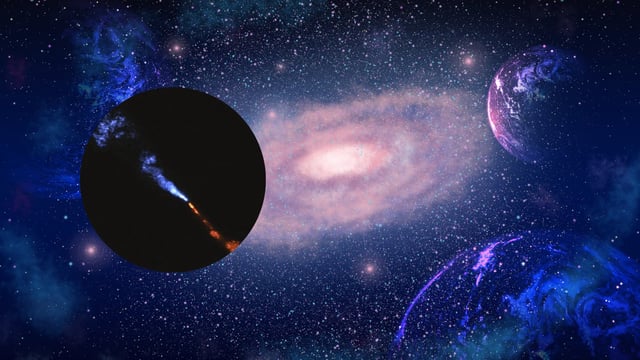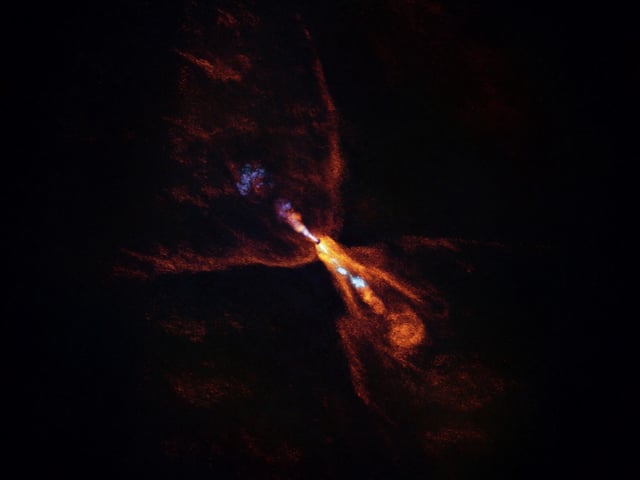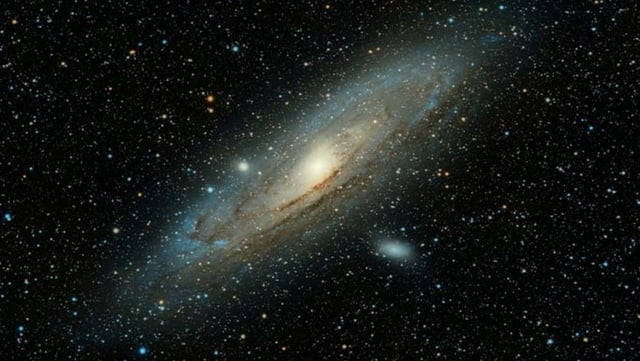Overview
- Study published July 16 in Nature provides the earliest direct evidence of planetesimal formation beyond the Solar System
- JWST infrared spectra identified SiO gas coexisting with emerging crystals of forsterite and enstatite within HOPS-315’s disk
- ALMA’s high-resolution maps localized the nascent solids to a narrow ring about two astronomical units from the proto-star
- Data reveal a high-temperature region (∼1,300 °C) where silicon monoxide transitions from gas to solid silicate scales, seeding rocky planets
- Research teams will expand JWST and ALMA campaigns to survey additional young stars and assess the universality of early mineral condensation


